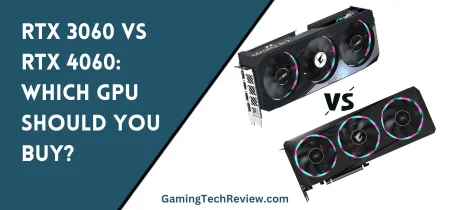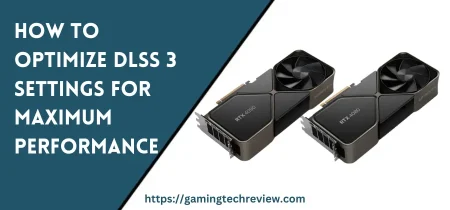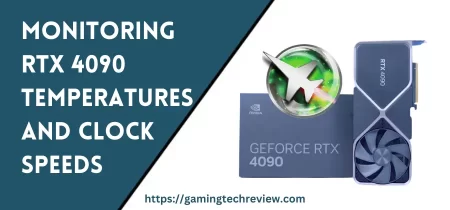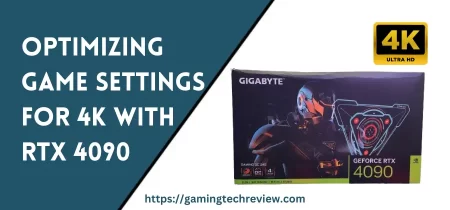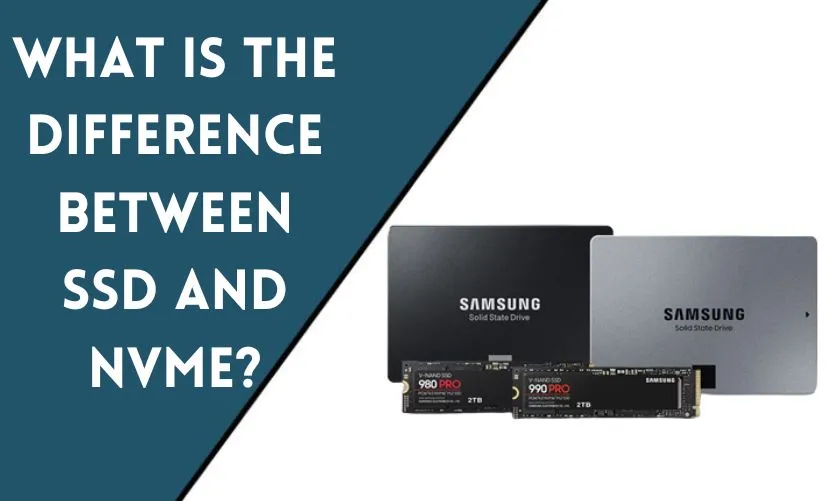
As technology evolves, so does the way we store our data. Gone are the days of relying on mechanical hard drives to store our files, as solid-state drives (SSD) have become the preferred storage option. Among SSDs, two popular options are NVMe (Non-Volatile Memory Express) and traditional SSDs. This article will compare these two types of drives and explore their key differences.
In web hosting, NVMe hosting refers to hosting services that use NVMe drives as the primary storage for the server, while SSD hosting refers to hosting services that use SATA-based SSDs as the primary storage.
What is the difference between SSD and NVMe?
If you’re tech-savvy, you’re probably aware of the developments in computer storage technology. Many people are switching from conventional storage to NVMe and SSD memory devices, which is why we’ve put up this tutorial to assist you in learning more about it.
SSD stands for Solid State Drive, and NVMe stands for Non-Volatile Memory Express.
Both are improvements above conventional Hard Disk Drives (HDD), although they perform differently. SSDs still use the outdated SATA and SAS interfaces created for HDDs. NVMe drives, however, utilize modernized PCIe interfaces, which results in improved performance and write rates. However, they differ in several ways:
NVMe vs SSD price
In general, NVMe drives tend to be more expensive than SATA-based SSDs, due to the use of faster components and the more advanced NVMe protocol. NVMe drives are also typically available in larger capacities, which can also increase their cost compared to SATA-based SSDs.
However, the price gap between NVMe and SATA-based SSDs has been narrowing in recent years, and high-capacity SATA-based SSDs are becoming more affordable.
It’s important to note that the cost of NVMe and SATA-based SSDs is just one factor to consider when choosing between them. Other important factors include performance, reliability, and compatibility with your system. It’s recommended to carefully weigh these factors when deciding between NVMe and SATA-based SSDs for your specific needs.
NVMe vs SSD Speed
NVMe (Non-Volatile Memory Express) and SATA-based SSDs (Solid State Drives) can have different input/output (I/O) speeds, depending on several factors, such as the drive’s specifications, interface, and workload.
NVMe drives generally offer faster I/O speeds than SATA-based SSDs due to their faster PCIe (Peripheral Component Interconnect Express) interface and optimized NVMe protocol. NVMe drives can achieve read and write speeds in the range of 2-4 GB/s and can handle many more input/output operations per second (IOPS) compared to SATA-based SSDs, which typically have speeds in the range of 550 MB/s to 600 MB/s and a lower number of IOPS.
However, it’s important to note that the actual I/O speeds of an NVMe or SATA-based SSD can vary greatly depending on several factors, such as the drive’s specifications, interface, and workload. It’s recommended to carefully consider these factors and consult the drive’s specifications before deciding between NVMe and SATA-based SSDs.
NVMe vs M.2 Speed
NVMe and M.2 are not the same but are often used together. M.2 is a physical form factor for solid-state drives, which can be either NVMe or SATA-based. NVMe drives that use the M.2 form factor can deliver faster performance than SATA-based M.2 drives since they use the faster NVMe protocol.
NVMe vs SSD Gaming
Regarding gaming, NVMe drives can offer a significant performance boost compared to traditional SSDs. Faster read and write speeds and lower latency means that games will load faster and reduce in-game load times. It can lead to a more enjoyable gaming experience, with less time spent waiting for games to load and more time spent playing.
Advantages of NVMe vs SSD Storage
NVMe (Non-Volatile Memory Express) and SATA-based SSDs (Solid State Drives) both have advantages. Still, several key differences between the two can make NVMe drives a better choice for certain applications.
Advantages of NVMe over SATA-based SSDs
- Faster performance: NVMe drives offer faster data transfer speeds and lower latency than SATA-based SSDs, due to their use of the faster PCIe (Peripheral Component Interconnect Express) interface and optimized NVMe protocol.
- Higher capacity: NVMe drives are available in larger capacities than SATA-based SSDs, due to the availability of larger NAND dies and the more efficient NVMe protocol.
- Improved parallelism: NVMe supports more parallelism in communication between the drive and the host, allowing multiple commands to be processed simultaneously, which results in improved performance compared to SATA-based SSDs.
- Optimized for modern workloads: NVMe drives are optimized for the demands of modern data-intensive workloads, such as high-performance computing, virtualization, and gaming, making them a better choice for these applications than SATA-based SSDs.
Advantages of SATA-based SSDs over NVMe
- Wider compatibility: SATA-based SSDs are more widely compatible with a wider range of systems, as they use the SATA interface, which is supported by a wider range of motherboards compared to NVMe.
- Lower cost: SATA-based SSDs can be more affordable than NVMe drives, especially for lower-capacity drives.
Conclusion
We concluded from the above discussion about “What is the difference between SSD and NVMe?” NVMe and traditional SSDs are both popular choices for solid-state storage, but there are key differences between the two. NVMe drives use the NVMe protocol, which is faster and more efficient than the SATA protocol used by traditional SSDs. This results in faster read and write speeds, lower latency, and improved performance for demanding gaming and video editing applications. NVMe drives that use the M.2 form factor can deliver even faster performance than SATA-based M.2 drives. It’s important to consider your setup’s specific needs and demands when choosing between NVMe and traditional SSDs. Whether you prioritize speed and efficiency or cost-effectiveness, both options have their strengths and weaknesses. It is important to understand the key differences between NVMe and traditional SSDs. NVMe drives offer faster performance and improved efficiency than SATA-based SSDs, thanks to the NVMe protocol. It makes them an excellent choice for demanding gaming and video editing applications, where speed and low latency are important.
Frequently Asked Questions
What is the difference between NVMe and SSD?
NVMe (Non-Volatile Memory Express) is a newer technology that offers faster read and write speeds compared to traditional SSD (Solid State Drive) technology. NVMe uses the PCIe interface for faster communication with the computer, while traditional SSDs use the SATA interface.
Is NVMe faster than SSD for gaming?
Yes, NVMe drives can offer improved gaming performance compared to traditional SSDs. Faster load times, improved game responsiveness and reduced in-game lag can all result from using an NVMe drive.
Is NVMe the fastest storage solution available?
NVMe drives are designed for high-speed performance and are among the fastest available storage solutions. However, the specific speed of an NVMe drive will depend on the drive being compared. It’s always important to consider factors such as read and write speeds when comparing different NVMe drives.






